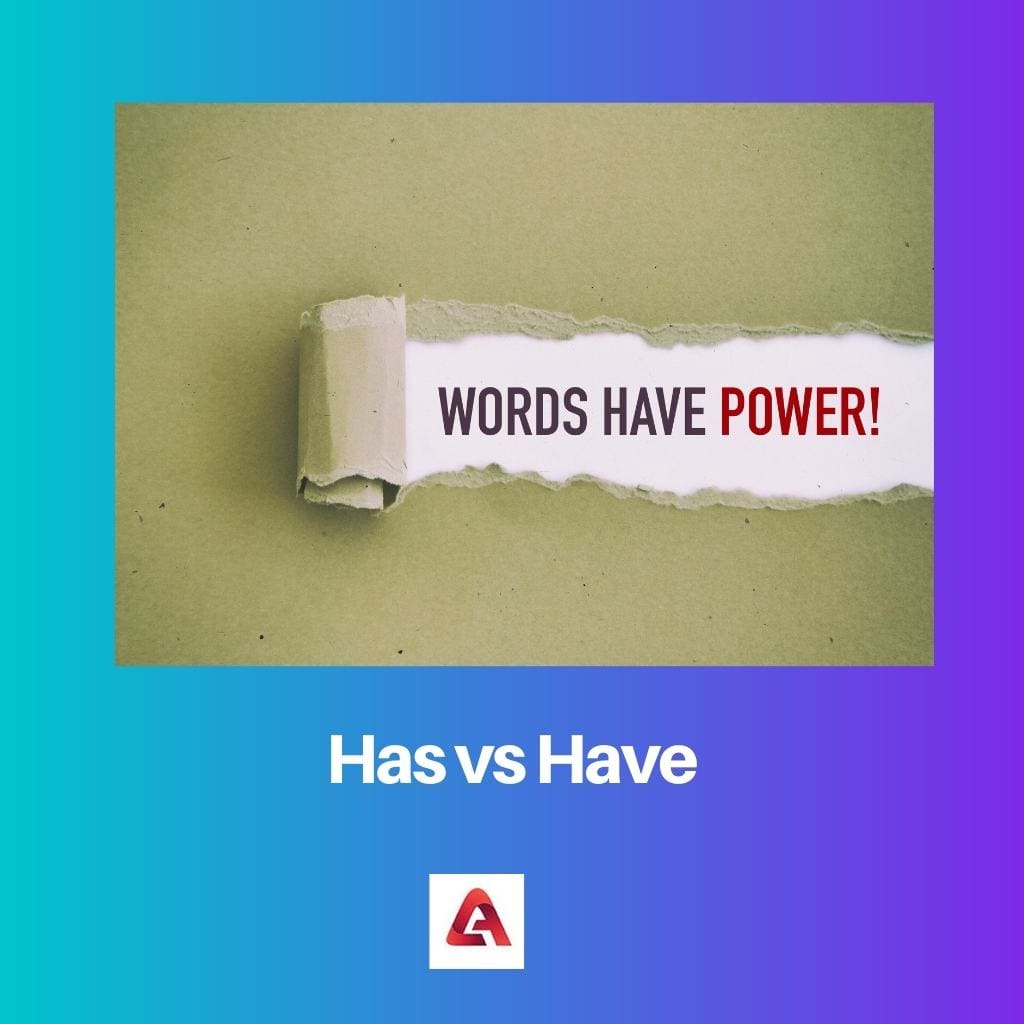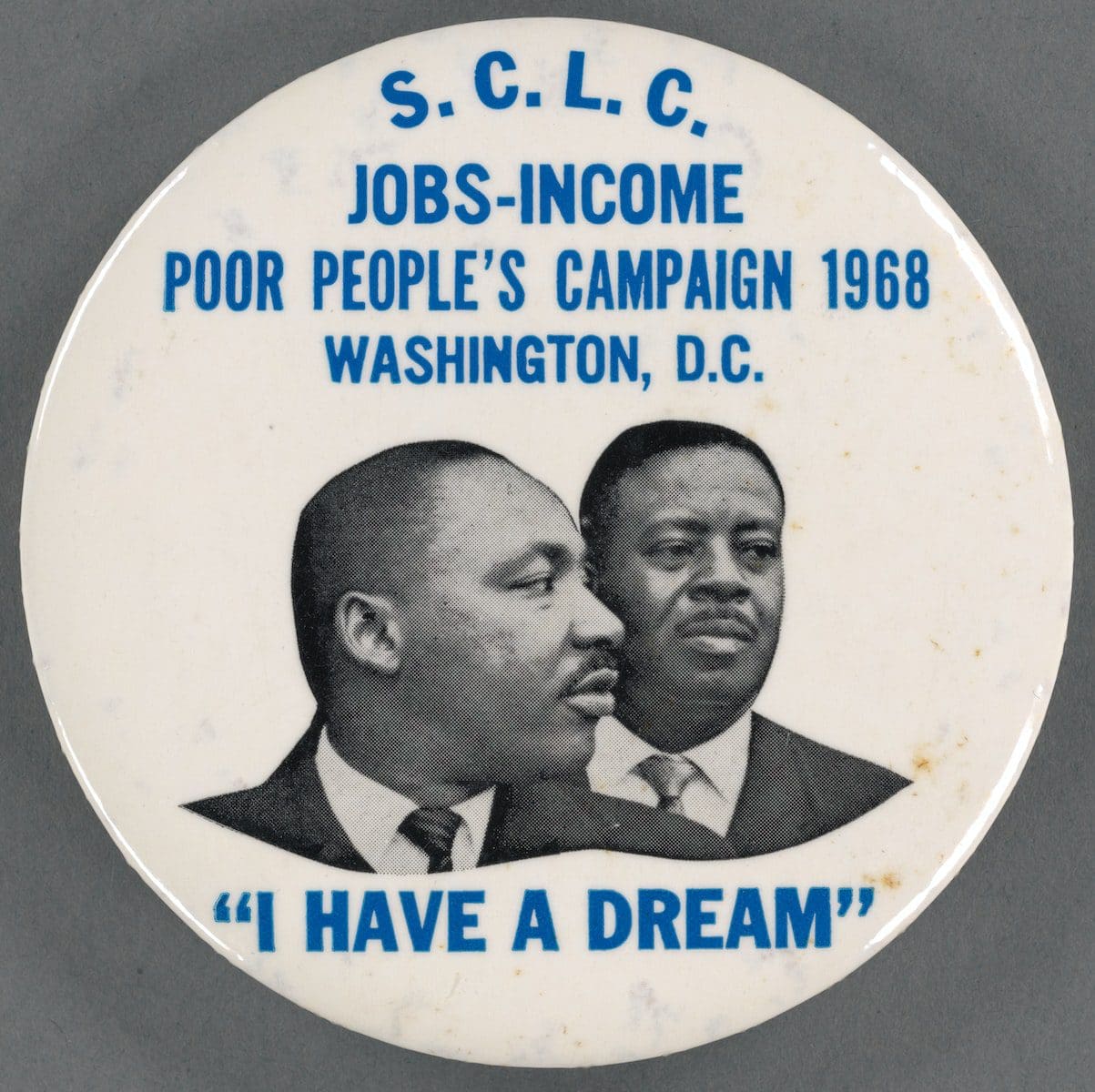English is one of the most widely used languages across the world. The sentences formed in this language are based on grammar rules, and not following these rules results in the formation of wrong sentences.
Whenever we want to show ownership or possession of something, we use the words has and have depending on the person. These words are used interchangeably without considering the grammar rules, leading to a grammatically incorrect sentence. There are differences between the two words.
Key Takeaways
- “Has” is a singular verb form with third-person singular subjects, while “have” is a plural verb form with first, second, and third-person plural subjects and first and second-person singular subjects.
- “Has” indicates possession or ownership, while “have” indicates a more general relationship.
- “Has” is used in the present perfect tense, while “have” can be used in the present simple or present perfect tense.
Has vs. Have
The difference between has and have is that has is a singular verb used when talking about a third person; it is the singular form of “have.”
Have is a plural verb used when discussing first and second persons in the present tense.

Has is used with pronouns such as She, He, This, That, It, etc.; proper nouns can also be used. Have can be used both in the singular form and plural forms.
Comparison Table
| Parameter of Comparison | Has | Have |
|---|---|---|
| Meaning | According to the dictionary.com, has is a third-person singular present tense indicative of have. | As per the dictionary.com, have is used to show possession or ownership of something; it also means holding something for a purpose. |
| Verb form | Has is used in all present tense forms and as a singular verb. | The form having the present infinitive form is a plural verb. |
| Used for | Has is used in the perspective of a singular third person. | Have can be used either in the singular form or in the plural form. |
| Commonly used with | Has is used in the third person singular form, such as He, She, It, This, That, etc. | Have is commonly used with pronouns and plural nouns such as I, You, We, These, Those, and they. |
| Examples | Examples of his are-She have a lot of work to do. Has it stopped raining? India has a diverse culture. He has to write an article tomorrow. She has been living here for a long time. She has got enough time to sleep. She has got a new haircut. He has a great personality. | Some examples of having are-We having a meeting today. Have you been to London? I got a new cell phone. I have cut my thumb. I have to write a report today. The workers have arrived. I have a great companion for the trip. |
What is Has?
According to the definition of dictionary.com, has is a singular form of the verb have used for the third person. It is used in all the forms of the present tense. Has is always used for a third person.
When it comes to indicating probability, it describes something that will happen in the future. Has is also used as an auxiliary verb. It can also indicate a complex relationship with time.
Has is commonly used with third-person singular pronouns such as This, That, She, He, It, etc. Some examples to understand the use of has are-
- He has curly blond hair.
- The team has not yet cleared its policy that prohibits players from traveling.
- She has to do rehearsals in the evening for her play.
- It has been a year since we joined college.
- She has to submit the work report by tomorrow evening.
- He has tact for talking to strangers.
- She has created a new record of the most beautiful handwriting in the school.
- The washing machine has been leaking for a long time.
- Has someone got my lost notebook?

What is Have?
Have is a verb used to represent ownership or possession of something; it also means to hold something for a purpose. Have is used in singular and plural forms in the perspective of first and second persons.
Has is used in the present infinitive form.
While indicating probability, have is combined with other verbs to describe something that has a probability of happening in the future but has not yet occurred.
Have is also used to represent the action that has been completed in the past. It has other complex relations with time.
Have is used with pronouns and plural nouns, some of which are – I, We, You, These, Those, They, etc. Some examples to understand the usage of have are-
- We have planned to go to a movie today.
- Have you completed your work?
- I have to visit the doctor tomorrow.
- I waited for hours in the billing line.
- Do you have a hundred dollars?
- Doctors have done their best to save the patient.
- I have been living in India since birth.

Main Differences Between Has and Have
- The words have and have work according to the grammar rules.
- Has and have are both different forms of the verb have.
- The word has always been used in the singular form; conversely, have is used either in the singular or plural form.
- Has and have both are used in the forms of present tenses.
- Has is used in the perspective of a third person; on the other hand, have is used in the perspective of first and second persons.
- Has is used with the third person singular pronouns, whereas Have is used with pronouns and plural nouns.
- Has is used commonly with pronouns such as He, She, This, That, It, etc.; on the other hand, have is used commonly with We, You, I, Those, Those, They, etc.




